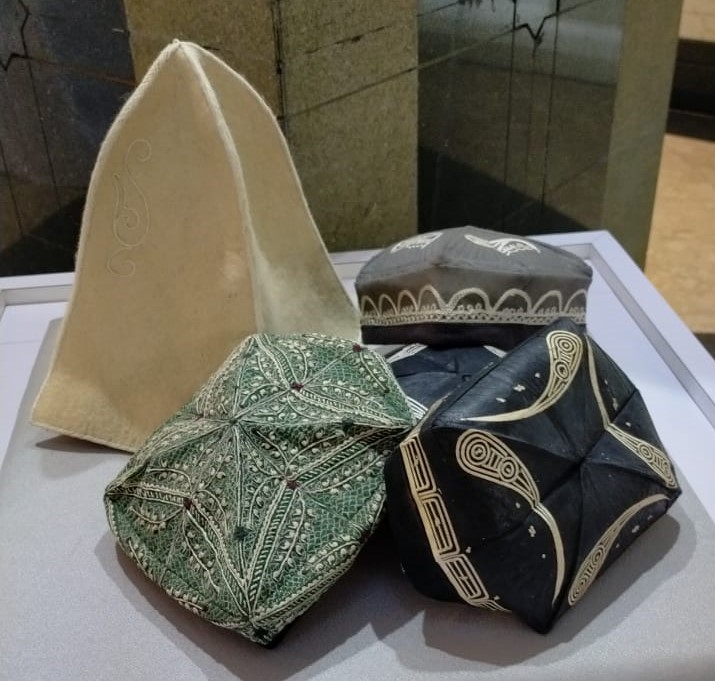
A tubeteika (Russian: тюбете́йка) is a Russian word for many varieties of traditional Central Asian caps. Tubeteikas are today worn in Tajikistan, Kazakhstan, Kyrgyzstan, and Uzbekistan, as well as in Muslim-populated regions of Russia (mainly Tatars) and Azerbaijan. The skullcap worn by Uzbeks and Uyghurs is called a doppa and has a square base. It was a popular headgear among children throughout the USSR during the 1940s and 1950s.
Tubeteikas are worn typically by the Turkic ethnic groups of the region. It bears some superficial resemblance to the yurt, another Central Asian cultural icon. The -ka at the end is a Russian diminutive suffix, as with shapka, ushanka and budenovka. In Turkmen, it is called tahiya (“taqiyah“).
The taqiyah (Arabic: طاقية, ALA-LC: ṭāqīyah) or araqchin (Persian: عرقچین) is a short, rounded skullcap. It is often worn for religious purposes; for example, Muslims believe that the Islamic prophet Muhammad used to keep his head covered, therefore making it mustahabb (i.e., it is commendable to cover the head in order to emulate him). Muslim men often wear them during the five daily prayers.
When worn by itself, the taqiyah can be any color. However, particularly in Arab countries, when worn under the keffiyeh headscarf, they are kept in a traditional white. Some Muslims wrap a turban around the cap, called an ʿimamah in Arabic, which is often done by Shia and Sunni Muslims. In the United States and Britain, taqiyas are usually referred to as “kufis“.
Topi is a type of taqiyah cap that is worn in India, Bangladesh, Pakistan, and other regions of South Asia. Many different types of topi caps include the Sindhi cap, worn in Sindh and the crochet topi that is often worn at Muslim prayer services.
The topi cap is often worn with salwar kameez, which is the national costume of Afghanistan and Pakistan.
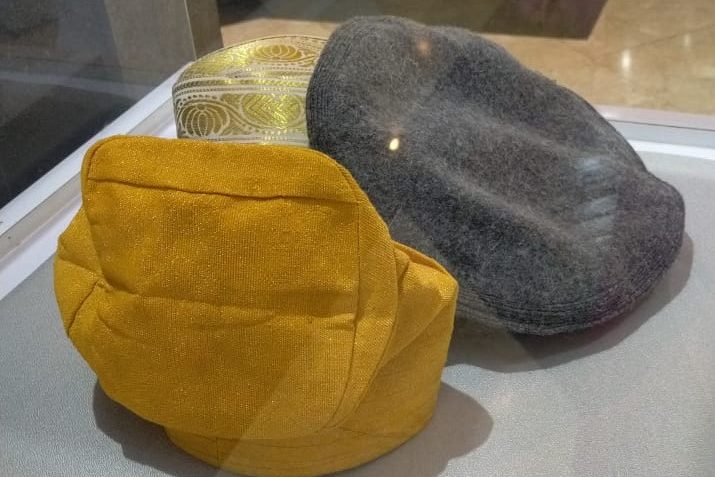
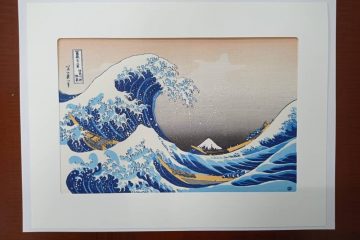
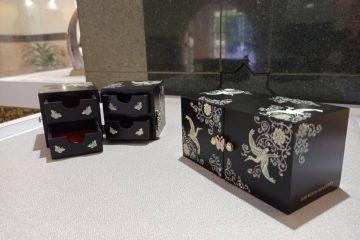
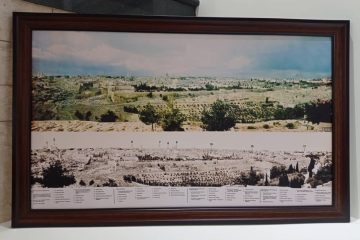
0 Comments